Thirty years after the genocide against the Tutsi: The fragility of archives and accounts
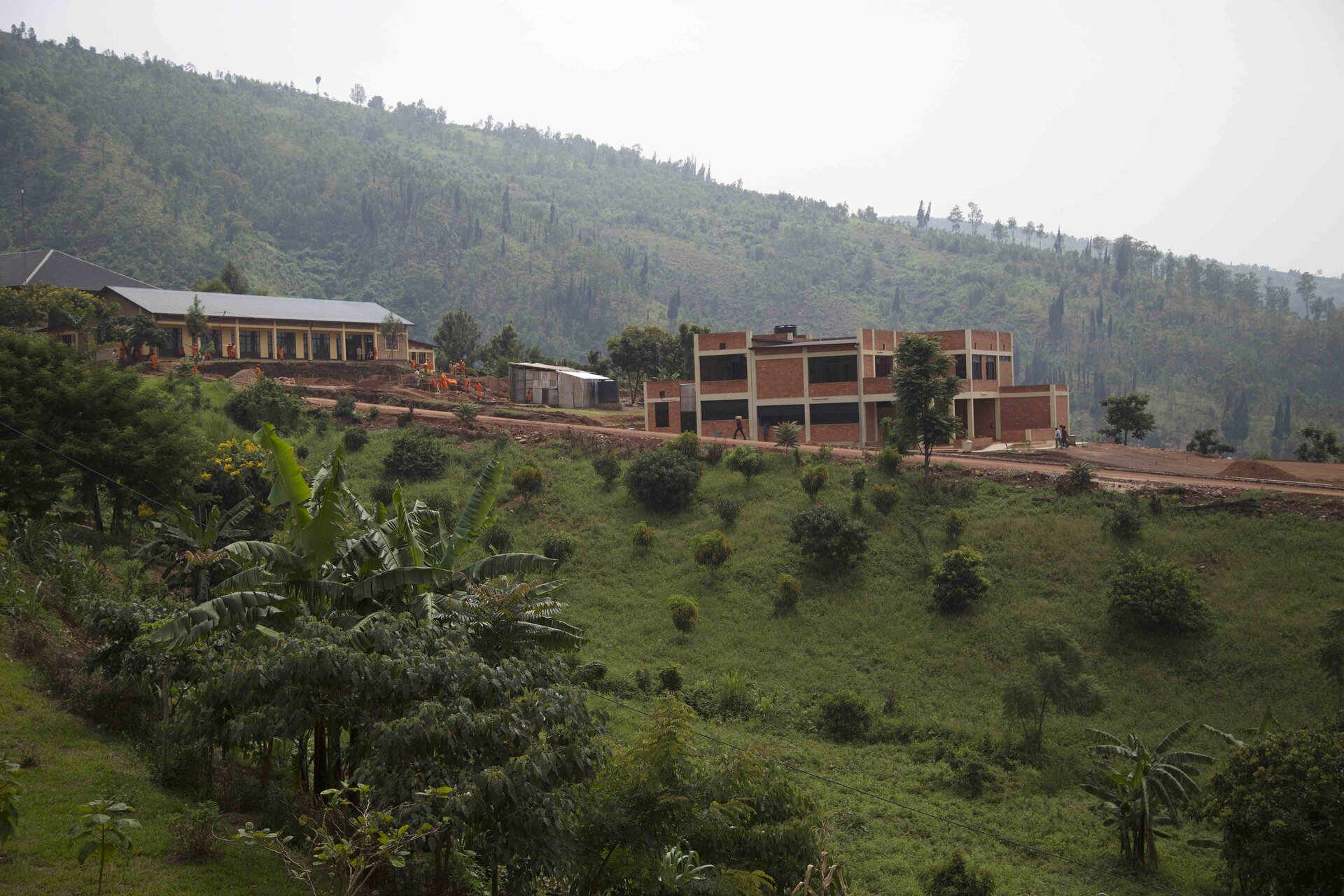
Following my thesis on women’s participation in the genocide against the Tutsi in Rwanda, I sought to explore their criminal autonomy. This project, which is still ongoing, should allow me to refine my approach to the female genocidal phenomenon. To conduct this research, I chose to focus on three specific types of crimes committed by women, each belonging to a different judicial category: transporting stones to massacre sites, looting corpses, and infanticide.
This new research on genocidal infanticide was motivated by the need to validate the hypotheses developed in my book Tout les oblige à mourir (CNRS éditions, 2024). I therefore undertook a study on the most easily handled of the four new cases identified. Meeting Dancira Nyirarwaya, who is serving nineteen years in prison for the deaths of her five children, brought me up against new methodological and epistemological issues. I found myself faced with material that was primarily characterised by silences and contradictions. Thirty years after the genocide, and despite great efforts by the Rwandan government towards justice and truth-telling, some cases remain shrouded in mystery. In the case at hand, an approach combining interviews and consultation of the Gacaca court records has yet to shed light on the deaths of Dancira’s children. This case, which requires further study, brings up interesting research questions regarding the relationship of researchers with their sources and the many obstacles hindering them in their task of objective analysis. Given Dancira’s resistant and sometimes even aggressive behaviour, as well as the suspicions around the court’s decision, the case also raises the question of the relationship that is established with the ‘“detestable” subject’ (in this case an uncooperative one), and with the judicial truth.
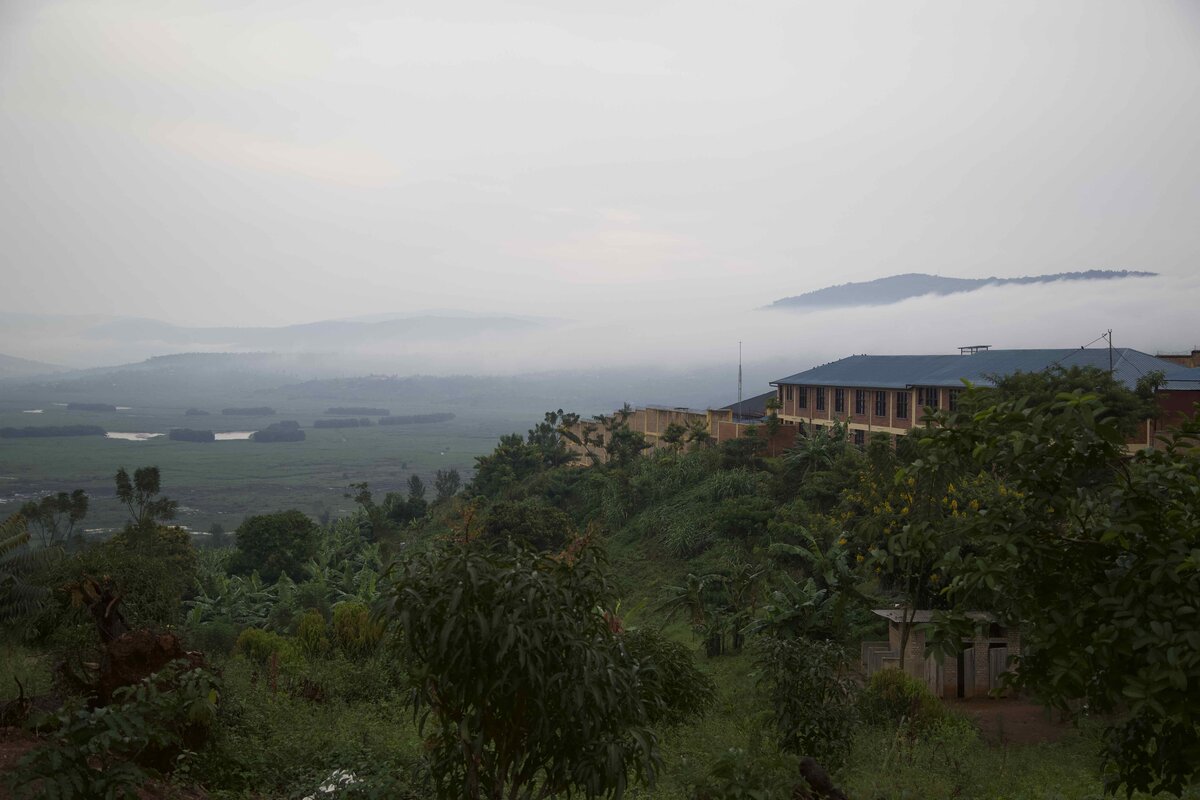
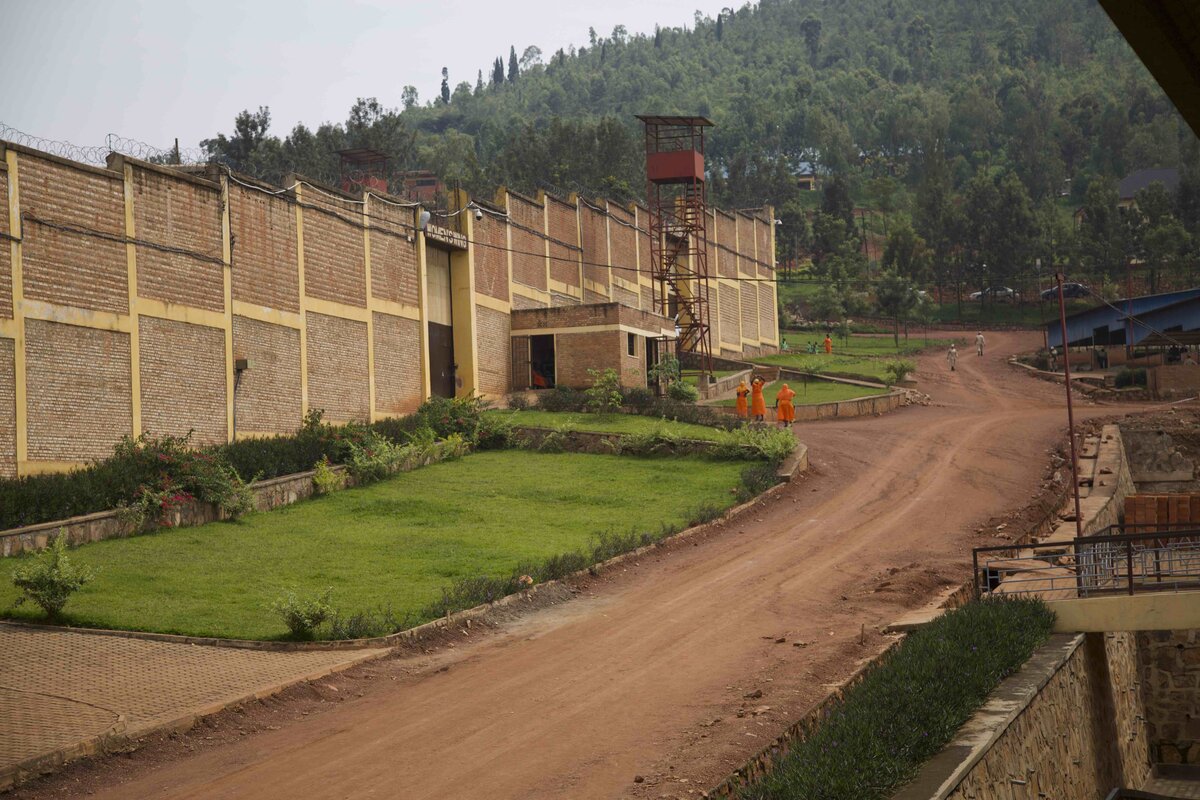
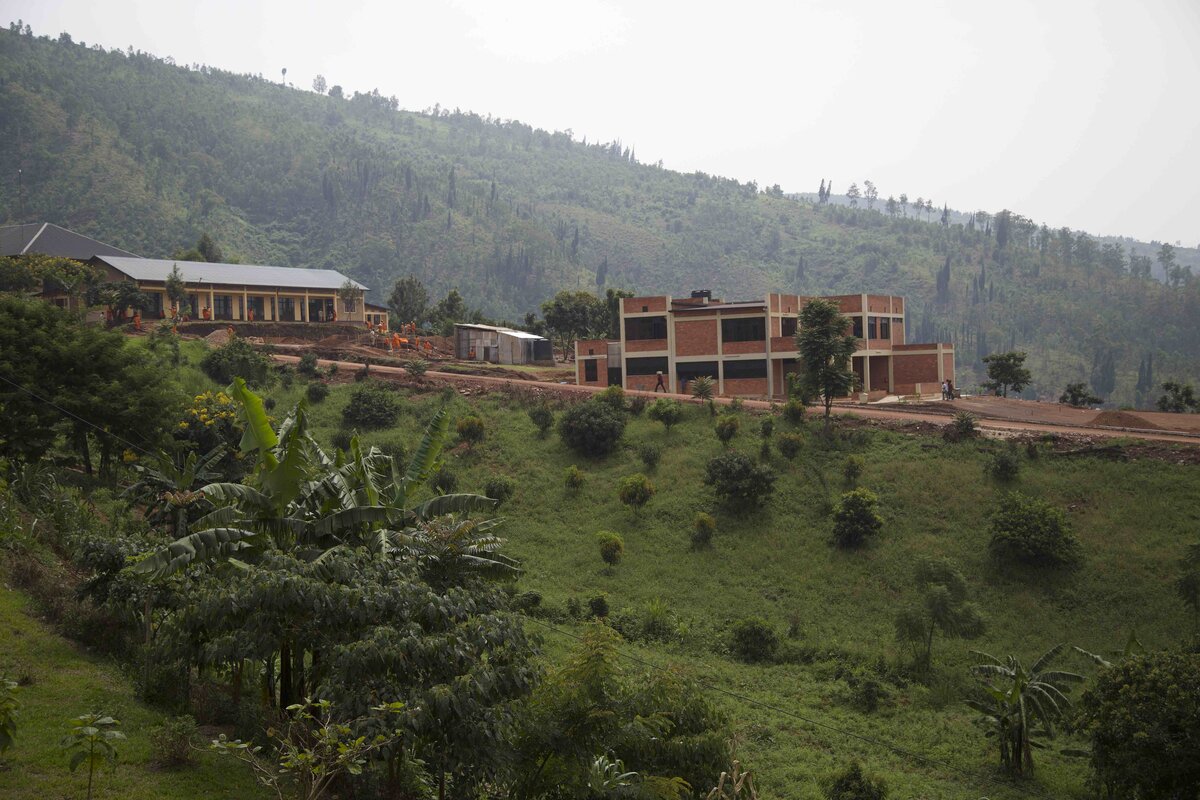
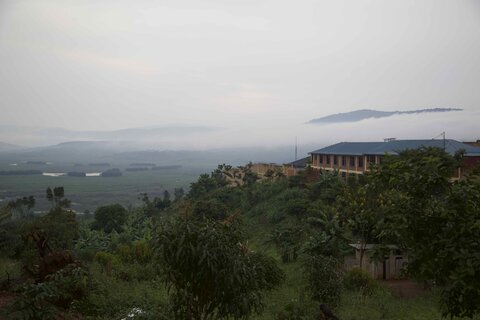
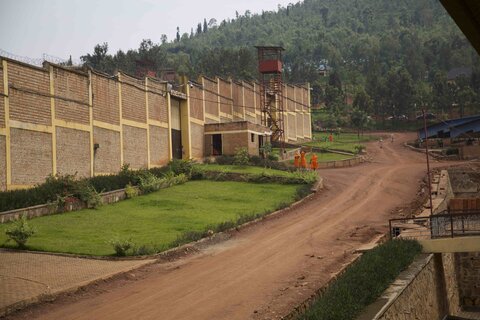
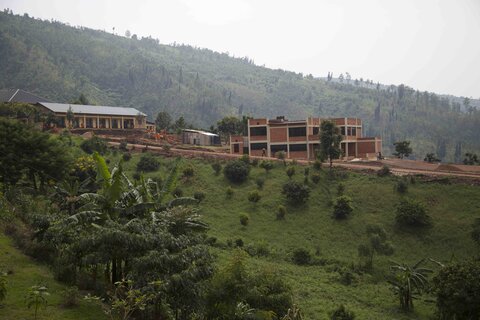
When the genocide began, in April 1994, Dancira Nyirarwaya was married to a Tutsi who she had known since childhood, who (like her) was born into a rich, polygamous farming family. When her parents-in-law and her husband were killed, she was forced to seek refuge for herself and her children with her family of origin, whom she holds responsible for the children’s deaths. The judicial archives of the Gacaca courts (in which Dancira and around a million other presumed genocide perpetrators were judged) alternately portray her as a victim and a perpetrator. The only record of her trial, which took place in her absence and without witnesses, consists of a few lines in a notebook. Like her own telling of what happened, delivered with great reserve, the judicial account contains gaps. Thirty years after the events, only the involvement of new actors could shed light on the circumstances surrounding the killing of these five children, born of a Tutsi father and a Hutu mother from high-standing farming families.
Article published in the second issue of the Journal de la FMSH.


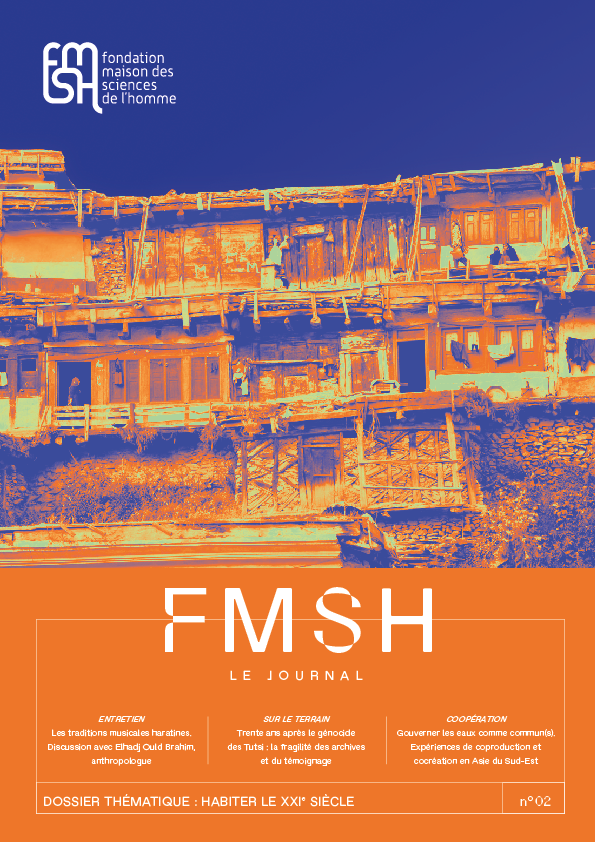

Se souvenir d'Humoresques

Sous les temps de l'équateur

Du préjugé


